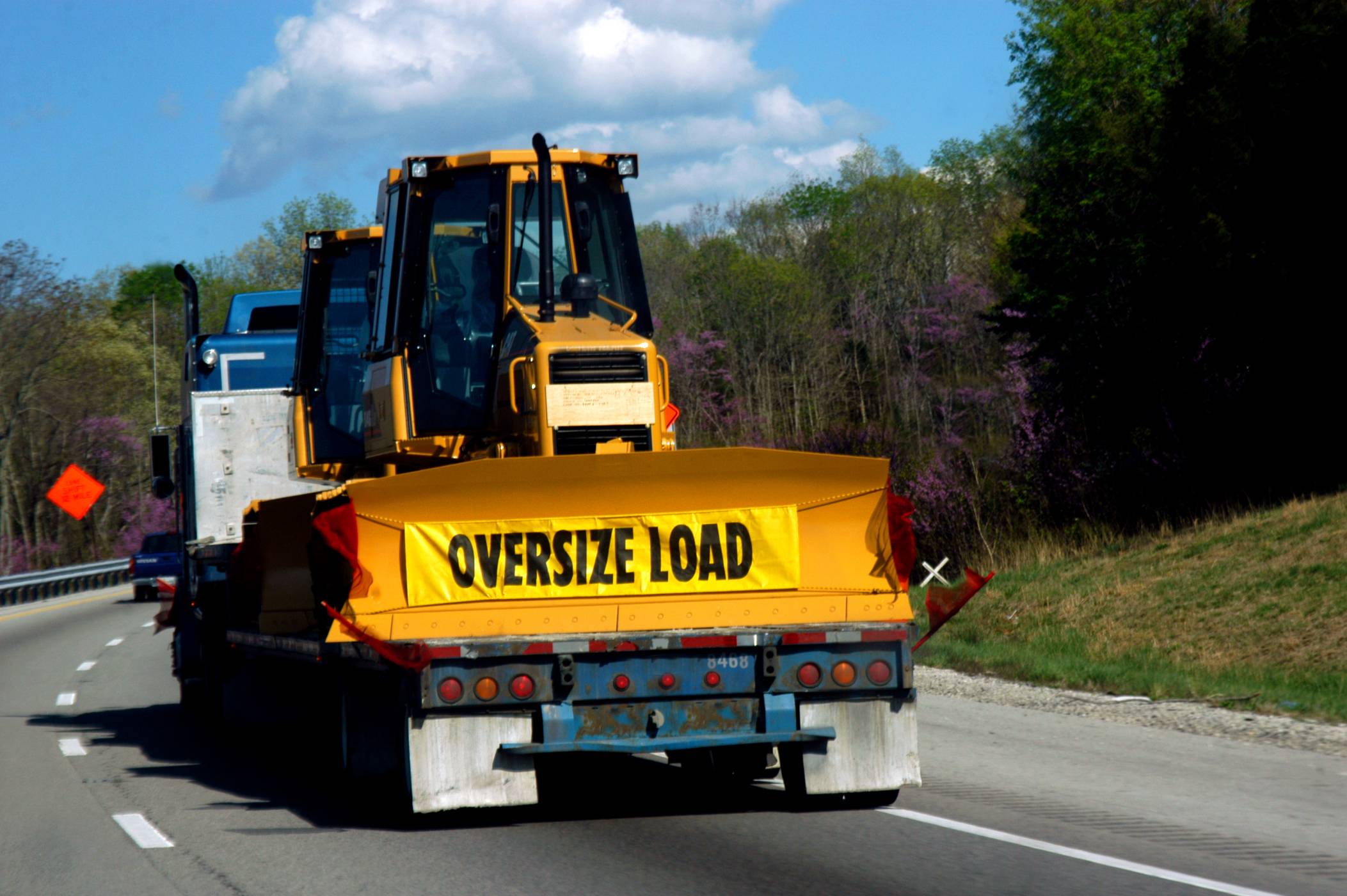
Moving heavy equipment can be daunting, requiring careful planning, organization, and the right tools and equipment. Whether you are relocating industrial machinery, heavy objects, or even entire homes, efficient heavy equipment logistics is crucial to ensure a smooth move. In this comprehensive guide, we will delve into the key considerations and best practices for mastering the art of heavy equipment logistics.
1. Understanding the Importance of Heavy Equipment Logistics
Heavy equipment logistics involves efficiently planning, transporting, and relocating heavy objects or equipment. It requires a deep understanding of various elements, including the weight, dimensions, fragility, and transportation requirements of the items being moved. Whether you are moving within the same vicinity or across different states, effective logistics will minimize downtime, reduce the risk of damage, and ensure a seamless transition.
2. Conducting a Thorough Assessment
Before initiating any heavy equipment move, it is imperative to thoroughly assess the items to be relocated. This includes evaluating their weight, dimensions, fragility, and special handling requirements. By understanding the specific needs of each item, you can determine the appropriate equipment, packing materials, and transportation arrangements.
3. Partnering with Reputable Heavy Equipment Movers
Choosing the right heavy equipment movers is crucial to the success of your move. Look for movers who specialize in handling heavy equipment, have extensive experience, and possess the necessary licenses and insurance. A reputable moving company should also have a fleet of well-maintained trucks, specialized equipment, and a skilled team of professionals who can handle any challenge that may arise during the move.
4. Creating a Detailed Moving Plan
A detailed moving plan is the backbone of a successful heavy equipment move. Identify the key milestones, timelines, and resources required for each stage of the move. Ensure you have all the necessary permits and adhere to any legal requirements for transporting heavy equipment. A well-designed moving plan will help you stay organized, minimize disruptions, and ensure a smooth transition.
5. Utilizing the Right Equipment and Tools
When it comes to heavy equipment logistics, having the right equipment and tools is essential. Depending on the specific needs of your move, you may require a range of equipment such as cranes, forklifts, hoists, ramps, skates, and dollies. Investing in high-quality equipment and tools will ensure the safe handling and transportation of heavy objects, mitigate risks, and protect your valuable assets.
6. Securing and Protecting Heavy Items
Properly securing and protecting heavy items is paramount to prevent damage during transit. Use high-quality straps, chains, pads, and other restraints to secure the items securely on the transportation vehicle. Additionally, consider protecting items from vibrations, impacts, and environmental factors through adequate padding, packaging, and cushioning materials. These measures will safeguard your heavy equipment from potential damage during transport.
7. Ensuring Compliance with Safety Regulations
Adherence to safety regulations is vital when moving heavy equipment. Ensure your moving team is well-versed in safety guidelines and practices to prevent accidents or injuries. Conduct regular safety inspections, provide appropriate safety gear, and follow all applicable federal, state, and local regulations. You will mitigate risks, protect your team, and avoid potential legal consequences by prioritizing safety.
8. Coordinating with Multiple Stakeholders
Efficient heavy equipment logistics often involves coordination with multiple stakeholders. This may include site owners, local authorities, transportation companies, and other relevant parties. Establish clear lines of communication, share detailed moving plans, and promptly address any concerns or inquiries. Effective coordination will help mitigate delays, streamline operations, and ensure a successful move.
9. Conducting Trial Runs and Test Moves
For complex heavy equipment moves, conducting trial runs or test moves can be immensely beneficial. This involves simulating the actual move to identify potential obstacles or challenges and fine-tune your plans accordingly. By practicing the move in a controlled environment, you can optimize the logistics, train your team, and minimize the risk of unexpected issues during the actual move.
10. Tracking, Monitoring, and Reporting
Throughout the heavy equipment logistics process, it is essential to continuously track, monitor, and report on the progress of the move. Utilize technology, such as GPS tracking systems, to keep an eye on the location and condition of your equipment in real-time. Regularly communicate with your moving team, receive milestone updates, and address any concerns immediately. Tracking and monitoring will provide transparency, ensure accountability, and allow effective problem-solving if any issues arise.
Trust Associated Pacific Movers, Inc. – Idaho’s Number One Heavy Equipment Movers
When it comes to heavy equipment logistics, Associated Pacific Movers, Inc. is the premier choice for personal and commercial clients. With high-end equipment, extensive experience, and a dedicated team, we provide safe, efficient, affordable moving services for large equipment and buildings. Whether you need to relocate industrial machinery or move an entire home, our professional movers will ensure a smooth and stress-free experience.
Contact Associated Pacific Movers, Inc. today for all your heavy equipment moving needs. Trust the experts to master the art of heavy equipment logistics and make your next move seamless.
